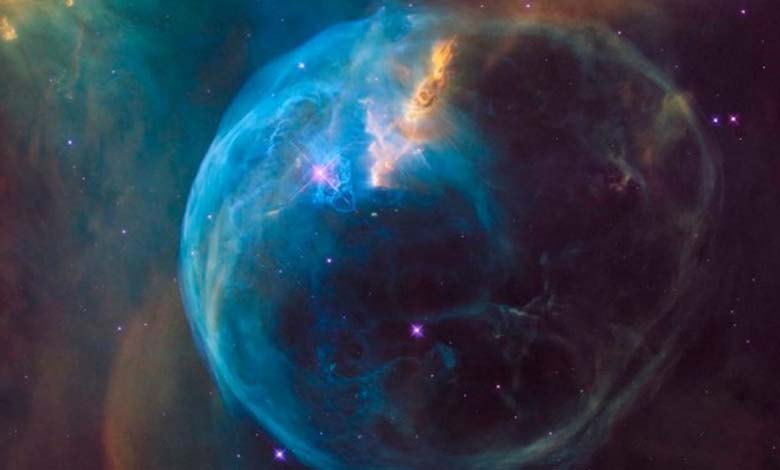“Clusters of Pearls” in Space… Hubble Captures Stunning Image

A study using the Hubble Space Telescope, operated by NASA, has successfully observed 12 interacting galaxies with tidal tails of long gas, dust, and star streams.
The study identified 425 clusters of newly born stars along the tails, each containing up to a million newly born blue stars.
These pearl-like clusters, forming along the tidal tails stretching over thousands of light-years, were found to be very young, only 10 million years old, and seem to form at a steady rate.
Published in the “Monthly Notices of the Royal Astronomical Society,” the study sheds light on star formation processes in galaxies undergoing collisions. Prior to mergers, galaxies were rich in molecular hydrogen dust clouds, which were compressed and triggered a fiery storm of star birth during encounters. The fate of these stellar clusters is uncertain; they may evolve into spherical star clusters, form a halo of stars around their host galaxy, or become wandering stars between galaxies.
The study’s lead author, Michael Rudrak, emphasizes the importance of these findings in understanding star formation processes in galaxies. The observations provide insight into the early universe when galaxy collisions were more frequent, offering a glimpse into the past and highlighting the role of tidal tails in generating new generations of stars.












